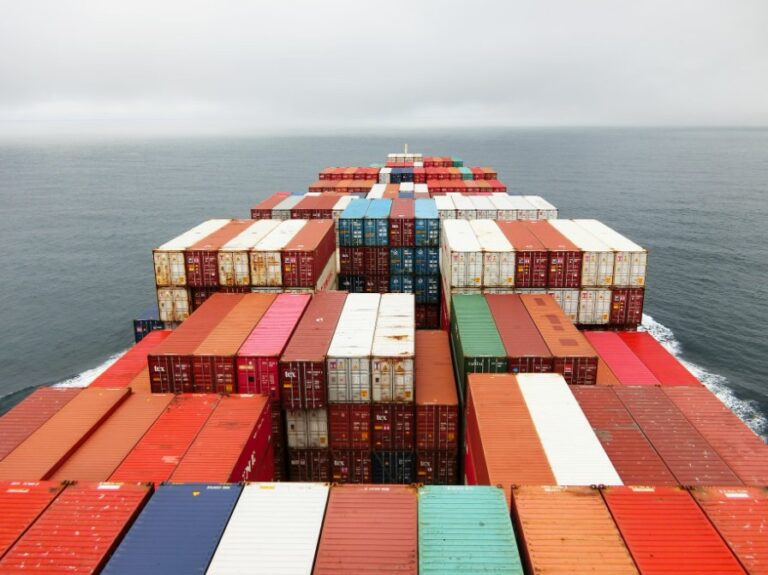By import and export we mean the set of goods and services that a state buys and sells to other states in the world. The volume of goods and services traded between different countries, together with foreign direct investment, determines the volume of international trade. In this article we will provide an overview of international trade, trends, cargo flows and shipping routes.
Table of Contents
The numbers of international trade
The importance of international trade has significantly increased in recent centuries, thanks to some factors including industrialization, advanced technology in the transport sector, globalization and the birth of multinationals. These factors have brought far-reaching changes not only to economic, but also social, political and cultural level.
In the period 2009-2018, global trade in goods and services grew by 57% overall, recording a decline in the two-year period 2015-2016 and reaching a value of over 25 trillion dollars in 2018.
International trade is based on a large number of trade agreements that can indicate customs tariffs, trade taxes and investment guarantees between two or more states. Over the years, several free trade areas have formed, aimed at facilitating international trade, especially between countries in the same region.
Furthermore, since 1936, the International Chamber of Commerce (ICC International Chamber of Commerce) has created and periodically updated internationally recognized contractual clauses, called Incoterms.
The importance of maritime transport in international trade
According to data from UNCTAD’s Review of Maritime Transport 2019, maritime transport remains the backbone of globalized trade and manufacturing supply chains. In fact, over 4/5 of world trade in goods by volume is transported by sea. In 2018, the volume of international maritime trade increased by 2.7% and reached an all-time high of 11 billion tons.
Since the 1980s, the composition of maritime trade has changed significantly. Tanker trade has progressively declined, reflecting limited oil consumption following the oil shocks of the 1970s.
Over the same period, trade in major dry bulk cargoes, including iron ore, grain and coal, increased by more than half. Containerized cargo has expanded at the fastest pace, with volumes averaging an annual increase of 8% between 1980 and 2018. In 2018, container ship traffic volumes increased by 2.6%, reaching 152 million TEU.
TEU (which stands for Twenty-foot Equivalent Unit) is the standard measurement of volume in the intermodal transport of ISO containers (which measure 20 feet long x 8 feet wide x 8.5 feet high) and corresponds to approximately 38 meters total encumbrance cubes.
This measure is used to determine the capacity of a ship in terms of number of containers, or the number of containers handled in a port in a certain period of time, and can be the unit of measurement by which the cost is determined of a transport.
Read also: Why the Houthi attacks in the Suez Canal pose risk of global commercial chaos
What are the major trade routes of container ships?
Much of globalized containerized trade (40%) continues to be transported via major east-west trade arteries, particularly Asia-Europe, Trans-Pacific and Trans-Atlantic.
In detail, the trans-Pacific trade remained the busiest trade route, with 28.2 million TEU, followed by the Asia-Europe route (24.4 million TEU) and the transatlantic route (8 million TEU).
Interestingly, secondary routes, involving trade from developing countries, are increasingly important. Of these routes, intra-regional flows, dominated by intra-Asia movements, account for the largest proportion, accounting for 27% of global container traffic.
Next, we find other secondary trade routes (e.g. East-South-West Asia) and the South-South and North-South trade routes, which account for 13%, 12% and 8% of the total container traffic, respectively.
Read also: Less ice and more trade: the Arctic at the center of global interest












